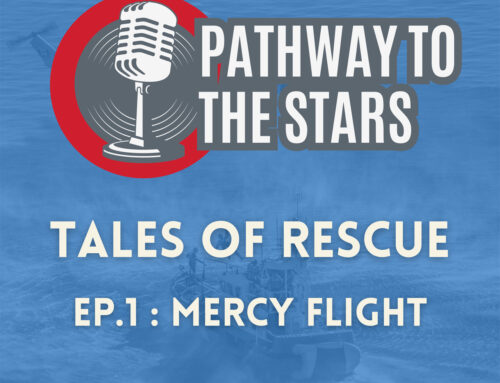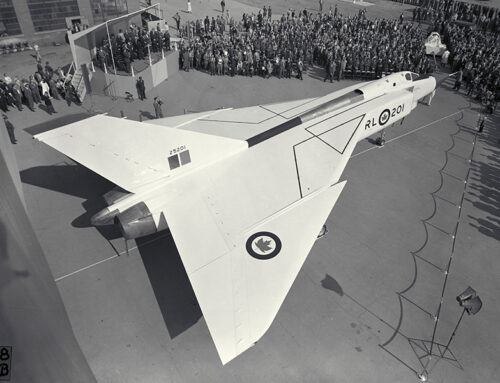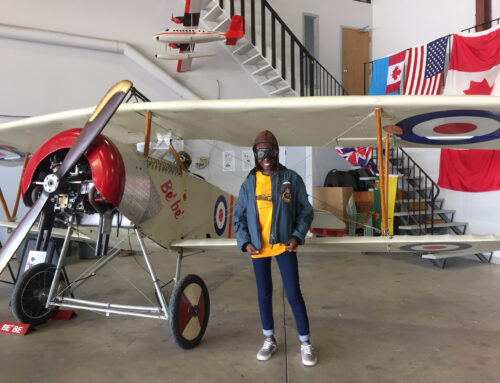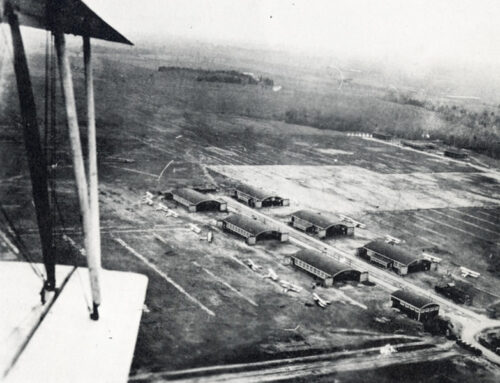Pathway to the Stars
Episode One
On our first podcast episode of Pathway to the Stars with Story Studio Network’s Now and Next, we explore the stories of two Canadian aviation giants: one you may know and one you may not. They were both famous at the time: Billy Bishop and William G. Barker.
As discussed by hosts Dave Trafford and Erin Trafford, these two men were celebrities of their time period, flying aces of the First World War who were highly recognized personalities after the war.
With podcast guests John Wright, Rod Black, and Jason Wilson, this episode explores their stories, and delves into why one name may be so familiar to us and the other relatively forgotten. Hear John Wright’s story about his efforts to install a memorial for William G. Barker at Mount Pleasant Cemetery.
“Who gets that chance to face death over and over again and win like he did in the First World War and then to – bang – stop.”
– Jason Wilson
“It was ceremonial that he (Conn Smythe) gave him (Barker) this job, this title as President. There were not many presidents of sports teams at the time.”
– Rod Black
Interested in learning more about the stories of Billy Bishop and William Barker? Read on for their biographies:
Billy Bishop, VC
William Avery Bishop was born in Owen Sound, Ontario in 1894. As a teenager, he studied at the Royal Military College in Kingston, and withdrew in 1914 to enlist with the Canadian Expeditionary Force. He sailed for England in 1915 with the 7th Canadian Mounted Rifles, and transferred later that year to the Royal Flying Corps as an aerial observer. His flying career took new shape in December 1916 with his appointment as a flying officer; he transferred to France in 1917 and claimed his first victory in March 1917. While some historians believe that the number of victories attributed to Bishop is exaggerated (72), he was awarded the Military Cross, Distinguished Service Order and Bar, the Distinguished Flying Cross, as well as the Victoria Cross.
Shortly after the outbreak of war in 1939, he was promoted to the rank of air marshal in the Royal Canadian Air Force and the following year was appointed Director of Recruiting for the RCAF. Bishop was instrumental in creating a system for training pilots across Canada, setting up and promoting the British Commonwealth Air Training Plan (BCATP).
Following the Second World War, he resigned from the RCAF but still remained active in the aviation world, supporting the growth and organization of civil aviation worldwide. He died in 1956, at the age of 62 and was interred in the family plot in Greenwood Cemetery, Owen Sound, Ontario.
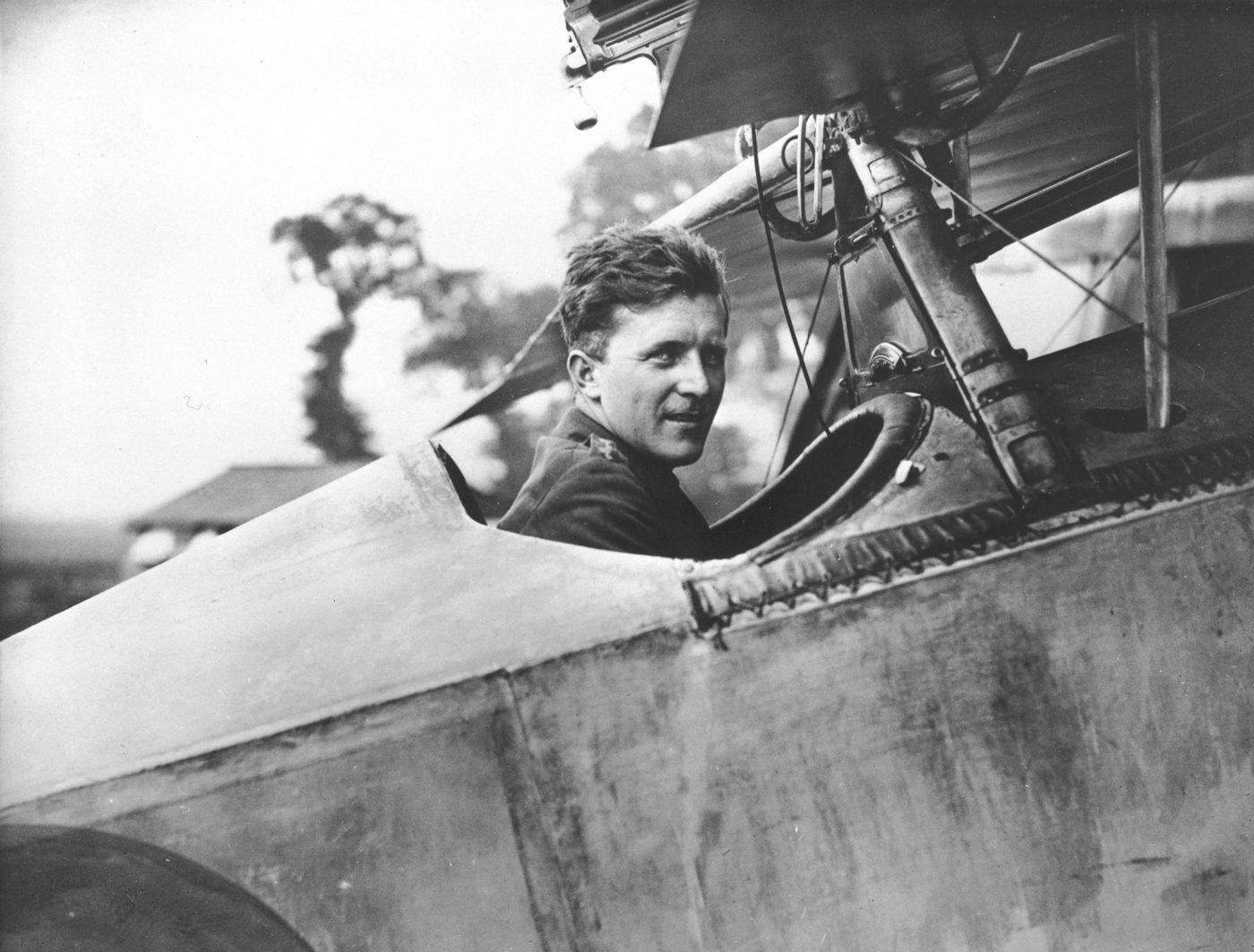
Bishop in the cockpit of his Nieuport 17, c. August 1917.
William G. Barker, VC
William George Barker was born in Dauphin, Manitoba in 1894. He enlisted in December 1914 with the 1st Canadian Mounted Rifles and sailed for England in June 1915. In early 1916 he transferred to the Royal Flying Corps as an observer. He was awarded the Military Cross for his actions in the concluding stages of the Battle of the Somme. He was severely wounded with a head wound in 1917, and severely wounded again in 1918, force-landing inside Allied lines after a battle with 15 enemy aircraft.
Barker returned to Canada in May 1919 as the most decorated Canadian of the war, with the Victoria Cross, the Distinguished Service Order and Bar, the Military Cross and two Bars, two Italian Silver Medals for Military Valour, and the French Croix de guerre. He remains the most decorated war hero in the history of Canada, the British Empire, and the Commonwealth of Nations.
After the war, formed a business partnership, Bishop-Barker Aeroplanes Limited, with fellow Victoria Cross recipient and Canadian ace Billy Bishop. In 1922 he rejoined the fledgling Canadian Air Force in the rank of Wing Commander, serving as the Station Commander of Camp Borden from 1922 to 1924, and subsequently was appointed Director of the RCAF in 1924. After leaving the RCAF he became the first president of the Toronto Maple Leafs.
He died in 1930 when he lost control of his Fairchild KR-21 biplane trainer during a demonstration flight in Ottawa. His funeral, the largest in Toronto’s history, was attended by an honour guard of 2,000 soldiers. Approximately 50,000 spectators lined the streets of Toronto en route to Mount Pleasant Cemetery, where Barker was interred in his wife’s family crypt in the Mausoleum.
On 22 September 2011, a memorial at Mount Pleasant Cemetery in Toronto was installed, largely due to the efforts of RCAF Foundation Chair John Wright.
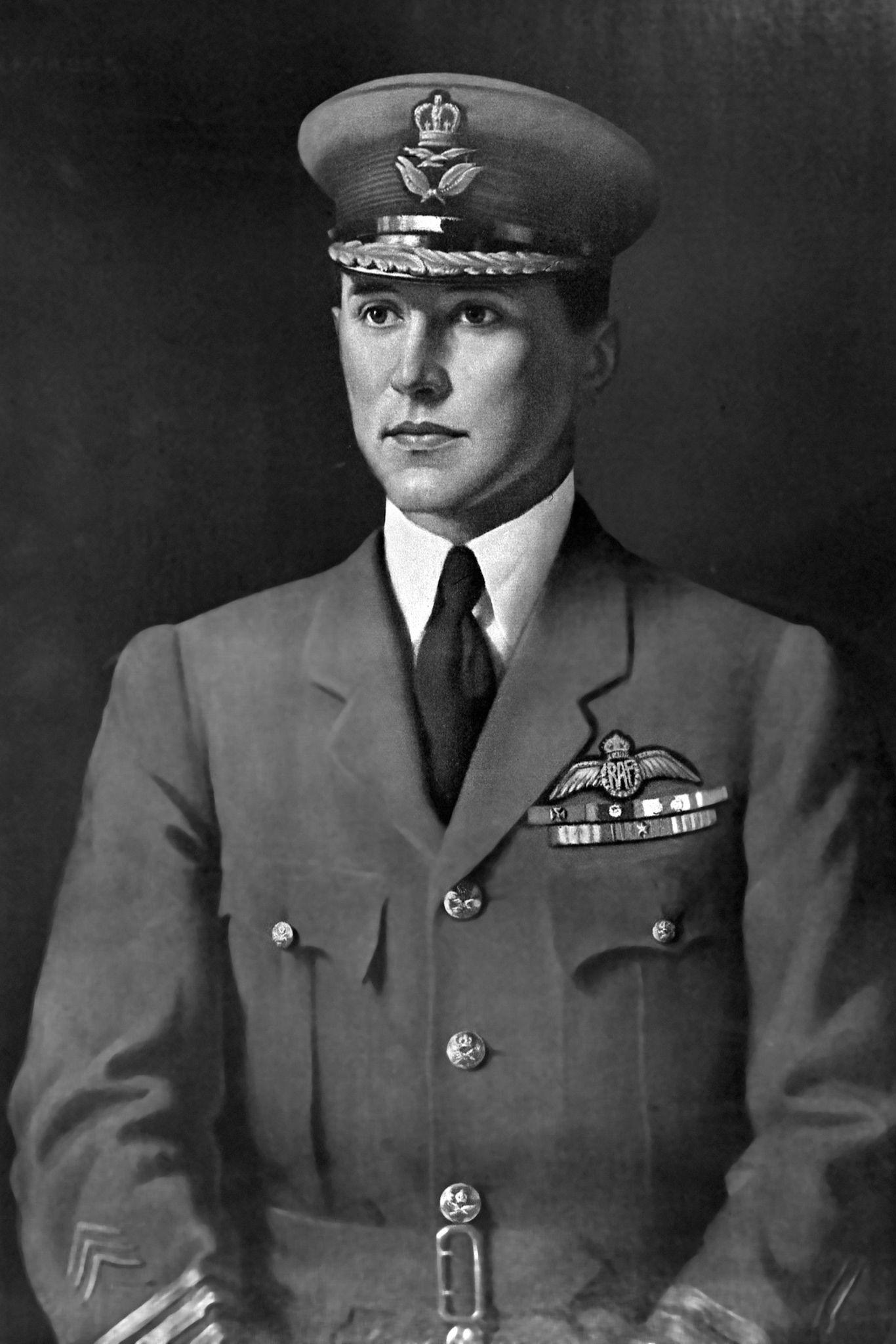
Portrait Lt. Col. W.G. Barker
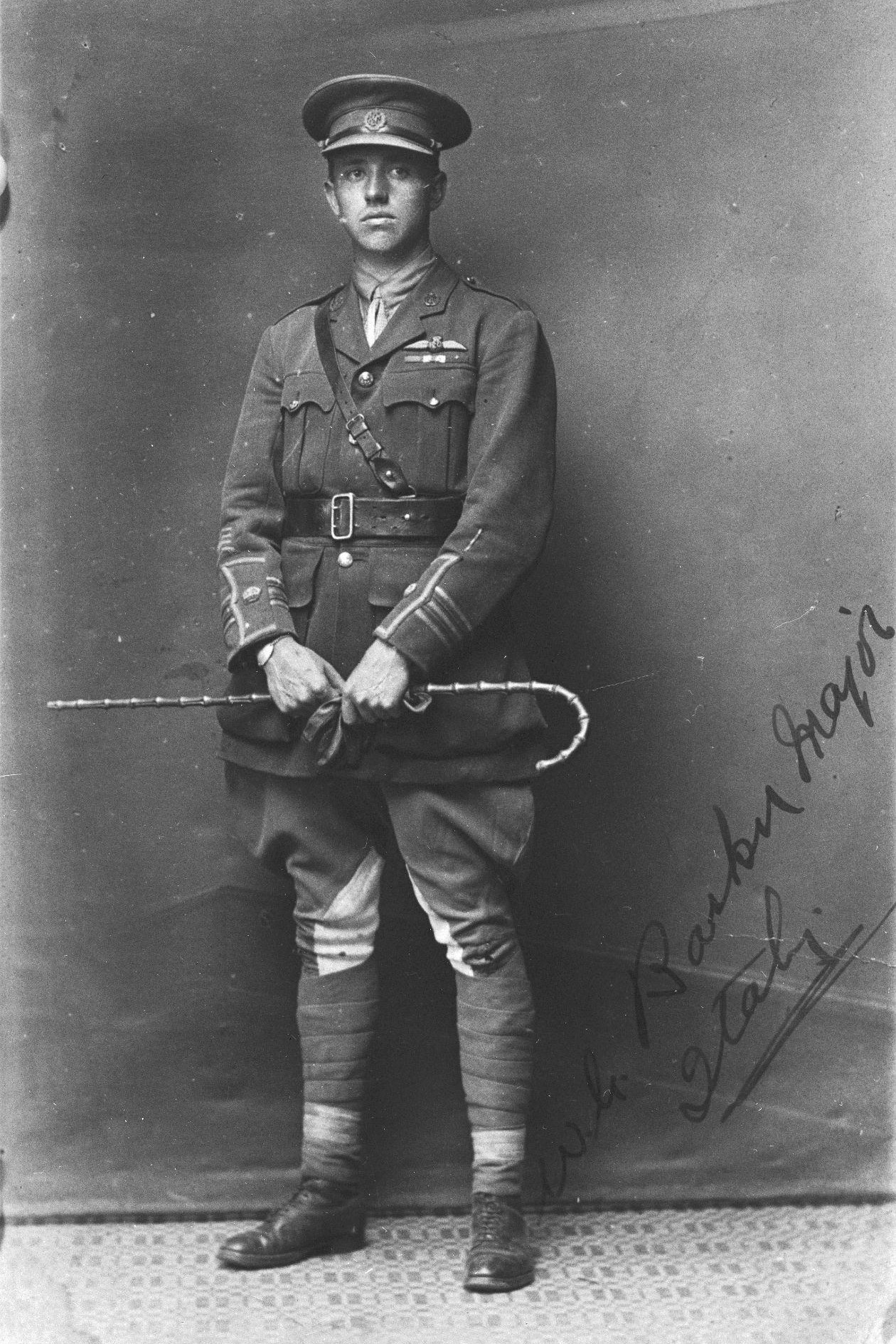
Major W.G. Barker, Italy One of two photos of the original post card sent to his family.






